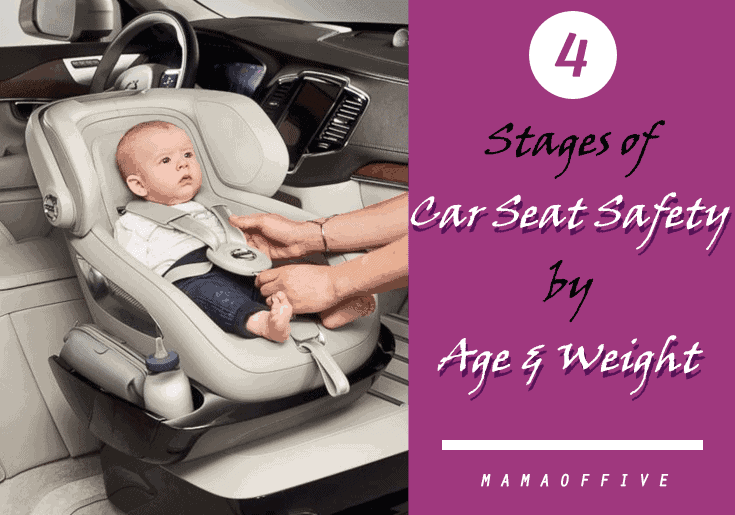Your child’s safety is of utmost importance. There are different types of car booster seats, and they serve different purposes but are made to protect your child in the event of an accident. Unfortunately, many parents do not know that these seats are not only for style or the car type but are also used depending on the child’s age and height.

Here is a list of the different types of seats and when to use them:
Stage 1: The Rear-Facing Seat
Ages 0-2 years old
Always buy a rear-facing car seat when you start bringing out your child with you on errands or a day trip. Extend the use of this seat as much as you can. Always check the height and weight limit of each seat to be on the safe side. If your child outgrows the seat before he/she turns 2, keep on using a rear-facing seat with a higher weight capacity instead.
Rear-facing seats are generally the safest seats because upon impact it distributes the force evenly around the seat and even at the back of the car preventing severe spine and back injuries by keeping your baby’s head more secure.
Stage 2: The Forward-facing Car Seat
Ages 2.5-5 years old
Use this type of seat only after two years of age, which is most likely the time your baby will outgrow his rear-facing seat. Make sure to choose a forward-facing seat that has extra safety features like a better harness, a tether that can stop the seat from rotating or moving in the middle of a crash, and some impact-resistant materials.
This is important as rear-facing seats are still safer overall but since your child is now bigger, you would want the best protection for him/her. Always get new car seats for your kids or if you have one already, check for the expiry as each car seat can last approximately six years before it starts to deteriorate.
Stage 3: The Booster Seat
Ages: Until 11 or 12 years old (depending on height)
Booster seats are for children who are big enough so they can’t fit the forward-facing seat anymore but are still too small to use the actual car seat. Boosters make it easier to use the car’s seatbelts by making it an ideal fit by reducing the spaces that can cause more injury in the event of an accident.
You will know that your child still needs a booster seat if the seatbelt rests on his/her neck instead of resting snugly on the shoulders. You will also notice that the seatbelt lap belt fits on the lower side of the body (hips) touching the lower thigh.
Stage 4: Using the backseat with Seatbelts on
Until 13 or 14 years old
Until your child is tall enough or older than 13 years old, it is still best to have them sit at the back seat of your car with seatbelts on. It always gives them more protection compared to sitting on the front passenger seat.
